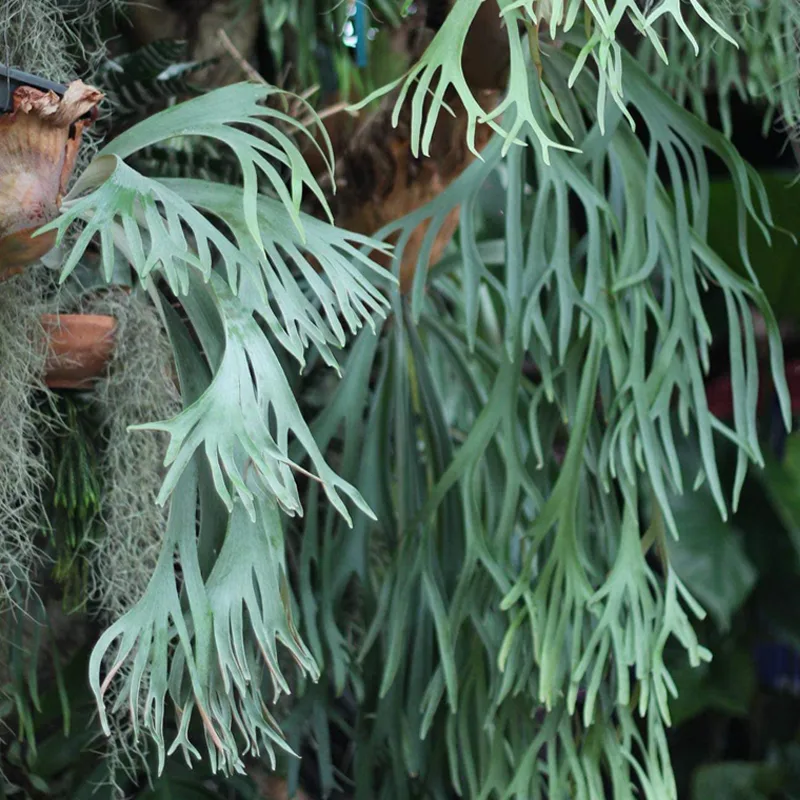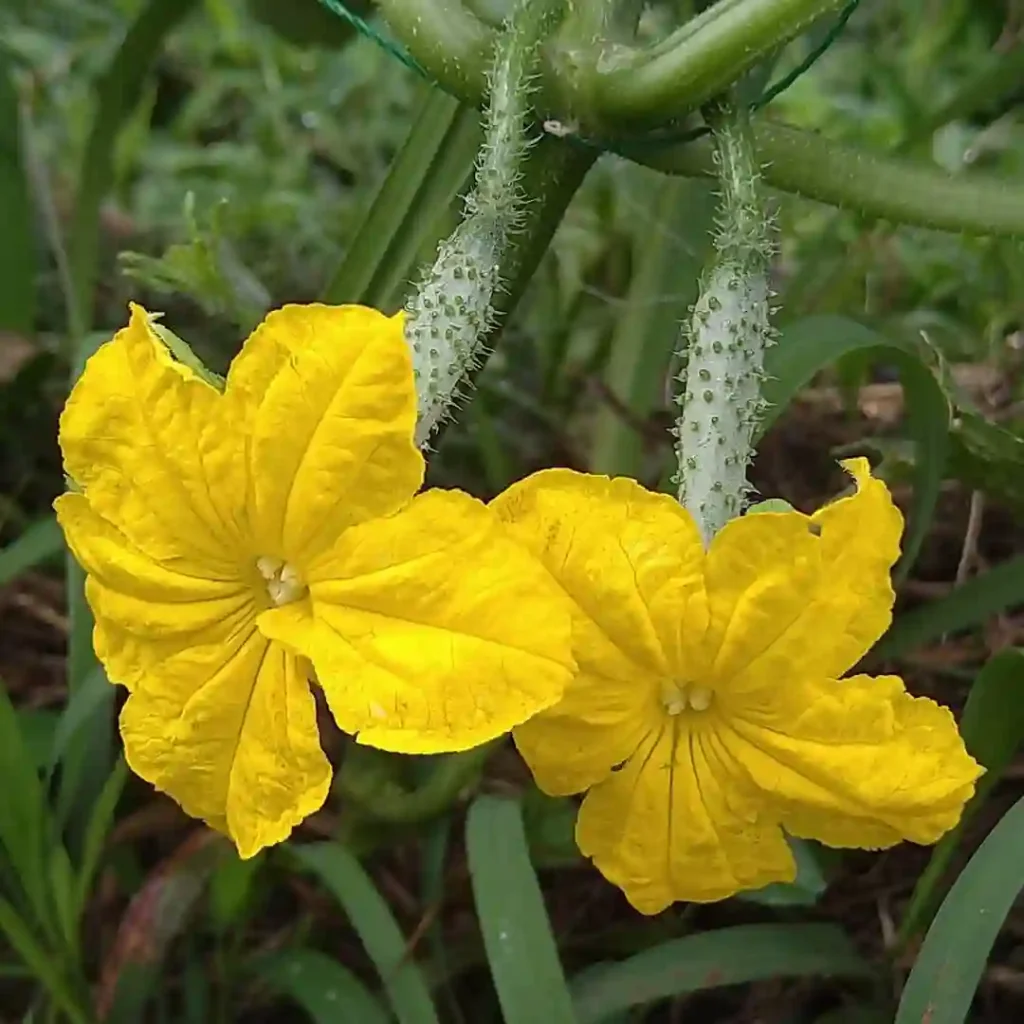Aristolochiaceae: My Green Obsession
Ferb Vu here, and today, I’m diving deep into a plant family that has always fascinated me: Aristolochiaceae. You might not recognize the name, but you’ve probably seen some of its members. These plants are known for their bizarre, often otherworldly flowers, and they’ve captured the imagination of botanists and plant enthusiasts for centuries.
The Aristolochiaceae Family: A Brief Overview
Aristolochiaceae, also called the birthwort family, is a group of flowering plants with around 500 species spread across seven genera. These plants are found in tropical and subtropical regions worldwide, with a particular concentration in South America and Southeast Asia. They come in various forms, from herbaceous vines and climbers to shrubs and small trees.
Genera of the Aristolochiaceae Family
- Aristolochia: This is the largest genus in the family, with over 400 species. Aristolochia plants are known for their unique, pipe-shaped flowers that often resemble insects or animals. These flowers are pollinated by flies and other small insects attracted to their foul odor. – 553 Species in Genus Aristolochia
- Asarum: This genus includes around 100 species of low-growing, herbaceous plants. Asarum plants have heart-shaped leaves and small, inconspicuous flowers that grow close to the ground. They are often used as ground cover in shady areas. – 134 Species in Genus Asarum
- Saruma: This genus contains only one species, Saruma henryi. This plant is native to China and has yellow flowers that resemble buttercups.
- Thottea: This genus includes around 30 species of shrubs and small trees. Thottea plants have simple leaves and small, greenish flowers.
- Euglypha: This genus includes around 5 species of shrubs and small trees. Euglypha plants have simple leaves and small, greenish flowers.
- Hydnora Thunb. – 7 Species in Genus Hydnora
- Lactoris Phil.
- Prosopanche de Bary
The Enigmatic Flowers of Aristolochiaceae
The most striking feature of Aristolochiaceae plants is their flowers. These flowers are often large, showy, and come in a bewildering array of shapes and colors. Some resemble insects, others look like birds or animals, and some are simply bizarre and otherworldly.
The unusual shapes and colors of these flowers are adaptations for attracting pollinators. Many Aristolochiaceae plants are pollinated by flies and other small insects attracted to their flowers’ foul odor. The flowers’ intricate shapes and patterns often trap these insects, ensuring they come into contact with the pollen before they can escape.
Aristolochiaceae and Traditional Medicine
Many Aristolochiaceae plants have been used in traditional medicine for centuries. The roots, leaves, and flowers of these plants contain various compounds with medicinal properties. Some of these compounds have been shown to have anti-inflammatory, anti-microbial, and anti-cancer effects.
However, it’s important to note that Aristolochiaceae plants also contain aristolochic acid, a toxic compound that can cause kidney damage and cancer. The use of Aristolochiaceae plants in traditional medicine is controversial, and it’s essential to consult a healthcare professional before using any of these plants for medicinal purposes.
My Fascination with Aristolochiaceae
I’ve always been drawn to the strange and unusual, and Aristolochiaceae plants certainly fit that description. Their bizarre flowers, unique pollination strategies, and long history of use in traditional medicine make them a fascinating subject of study.
I’m particularly interested in the evolutionary history of Aristolochiaceae. How did these plants develop such unique flowers? What are the ecological factors that have shaped their evolution? These are just a few questions I hope to explore as I continue to learn more about this fascinating plant family.
In Conclusion
Aristolochiaceae is a plant family that is both beautiful and enigmatic. Its members are a testament to the incredible diversity of life on Earth and a reminder that there is still so much we have to learn about the natural world. Whether you’re a botanist, a plant enthusiast, or simply someone who appreciates the beauty of nature, Aristolochiaceae is a family worth exploring.
So next time you’re out in the garden or hiking in the woods, keep an eye out for these fascinating plants. You might be surprised by what you find.
If i die, water my plants!



